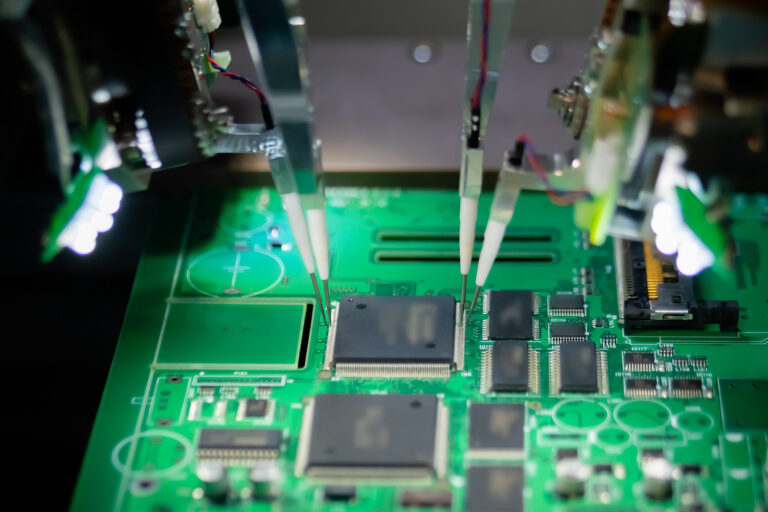Printed circuit boards have complex assemblies that involve hundreds of components and solar connections. Each component is expected to perform to the highest standard, as even the smallest defect can hinder the PCB’s performance and quality. To ensure that each component and connection works as it should, PCB manufacturers perform a variety of testing, including in-circuit testing.
In this post, we’re going to learn more about in-circuit testing, the defects it looks for and the advantages to expect. This way, when your PCB manufacturer says they’re running in-circuit testing, or they’ve found an issue through in-circuit testing, you’ll know what they are talking about!
What is In-Circuit Testing?
In-circuit testing, or ICT, is a powerful tool that helps detect defective components by checking them individually. ICT is highly accurate and fully automated, alleviating PCB manufacturers from having to check each part manually. If testing finds any defects, they can be addressed on the spot before the final design. This saves time, money and a lot of headache!
ICT is usually done in two parts. The first part is a Power-Off Test where testing is done on the components without the power being on. The second part is a Power-On Test, which tests the components with the power applied.
What Does In-Circuit Testing Look For?
There are a number of defects that in-circuit testing looks for. Keep in mind that ICT tests each component on the PCB, one at a time, so it’s thorough testing. While this is not a complete list, here are some of the defects that ICT is designed to identify:
- Component spacing
- Component markings
- Open circuits
- Solder bridges
- Short circuits
- Soldering and process issues
- Wrong or missing components
- Jumpers/switches in correct location
- Shorts between traces
The Pros and Cons to In-Circuit Testing
ICT is becoming more popular because it’s fast, simple and accurate. The test itself does not take long to detect errors, usually 1-2 minutes per assembly, making it a great choice for large volumes. Plus, in-circuit testing results are easy to interpret, highly reliable and cost-effective. There is very little room for operator error.
Of course, there are always some drawbacks when it comes to technology. The testers can be expensive, the test pins need to be regularly cleaned and replaced and there can be inconsistent results if the pins do not make proper contact with the test pads.
All in all, in-circuit testing is an easy and accurate way to check the performance of each component on your PCB. Manufacturers can test in less time and feel confident in the results. This type of testing is used by Sonic Manufacturing to ensure the most dependable, reliable PCBs.

